Stuart Isett is a photographer from Seattle, Washington. Renowned for his photojournalism, Stuart’s images have graced Time Magazine, The New York Times and Fortune Magazine amongst others. He has also worked with providing imagery for Bentley, Goldman Sachs, Conde Nast, Marie Claire and many, many others. We are very lucky to have a photographer with this calibre of integrity, boasting a career as impressive and inspiring sharing his experiences with us. I cannot thank him enough and urge everyone to visit his website and challenge anyone to not be inspired afterwards. You can also keep up with him on Instagram and learn more about his photobook On The Corners Of Argyle & Glenwood on YouTube.
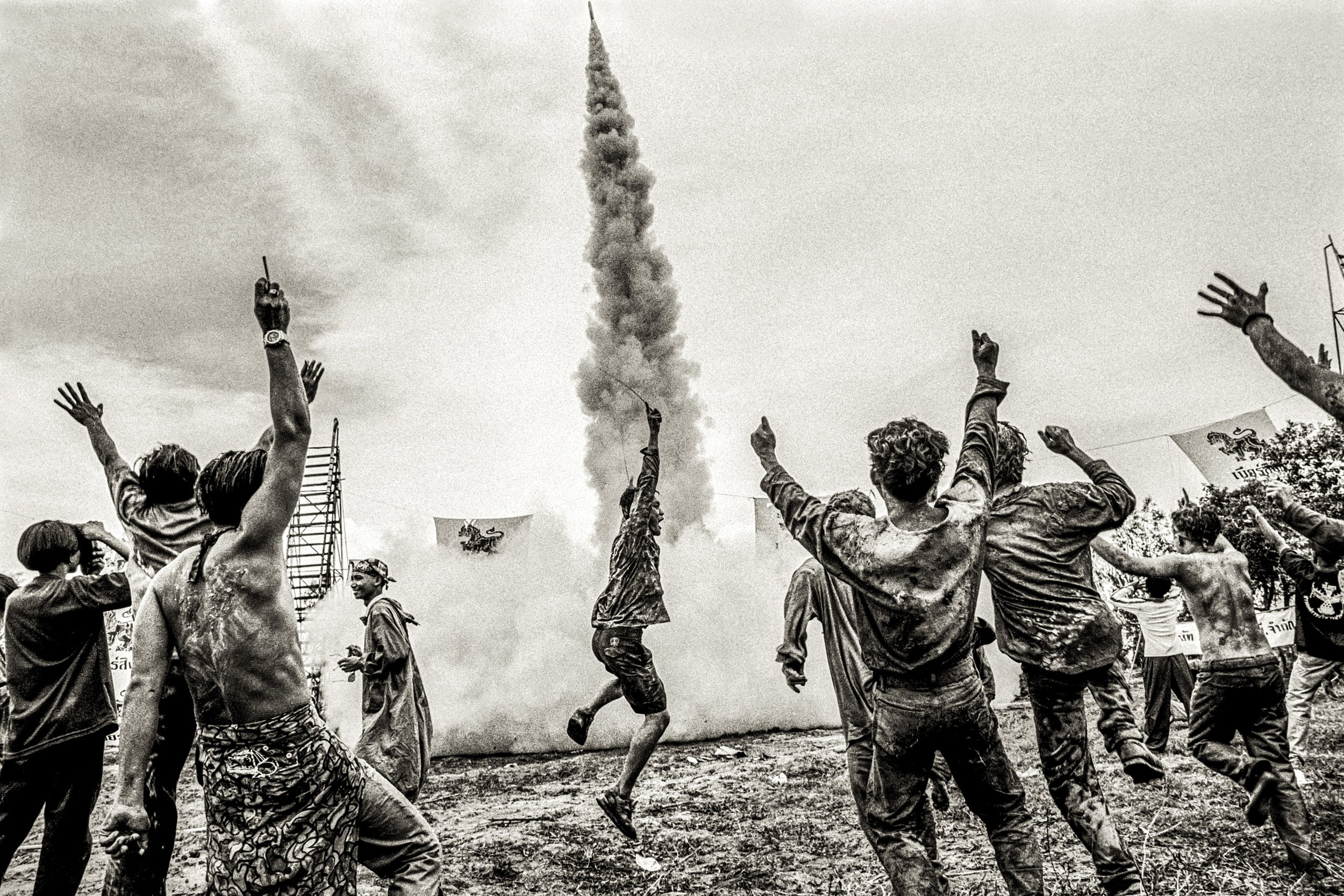
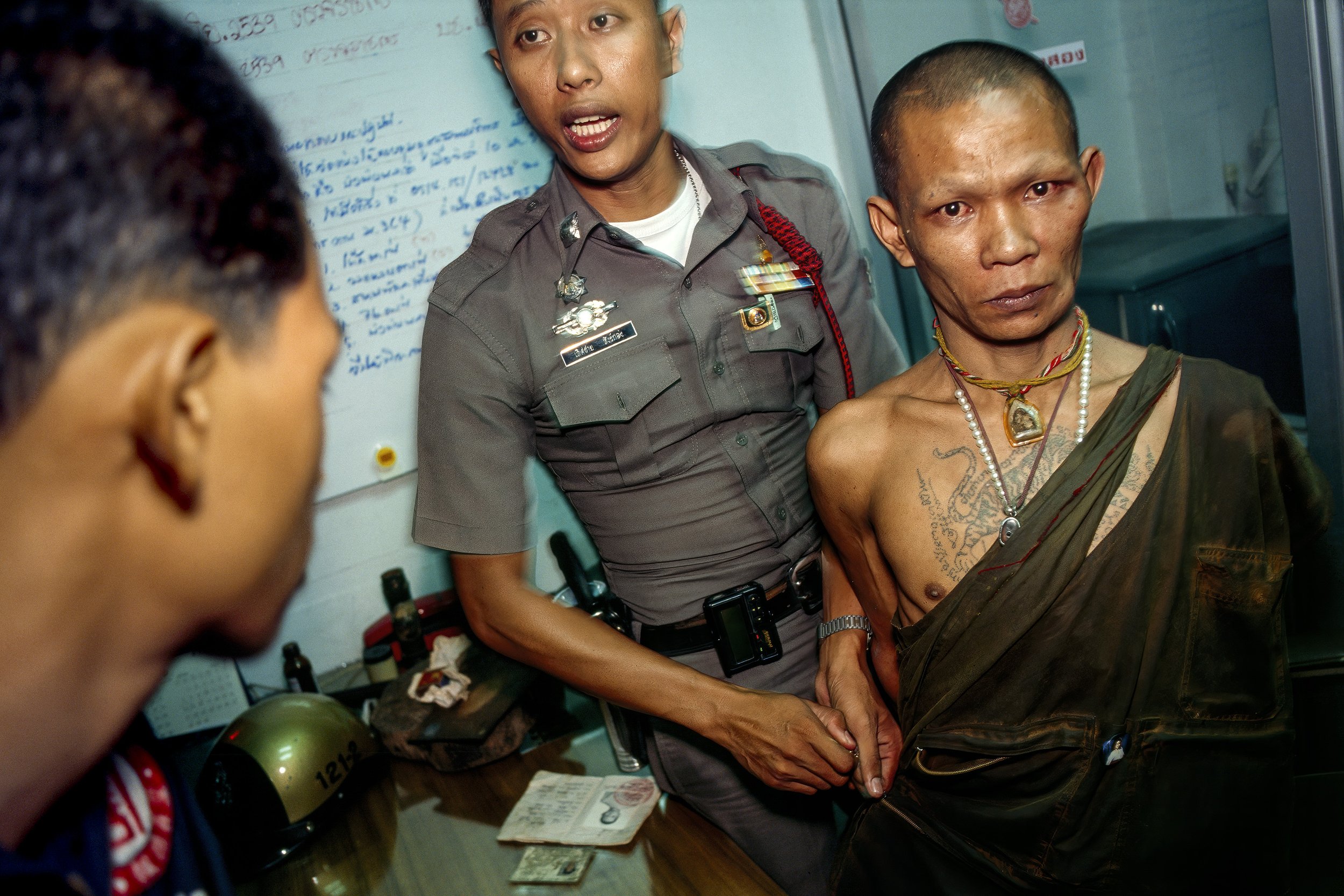
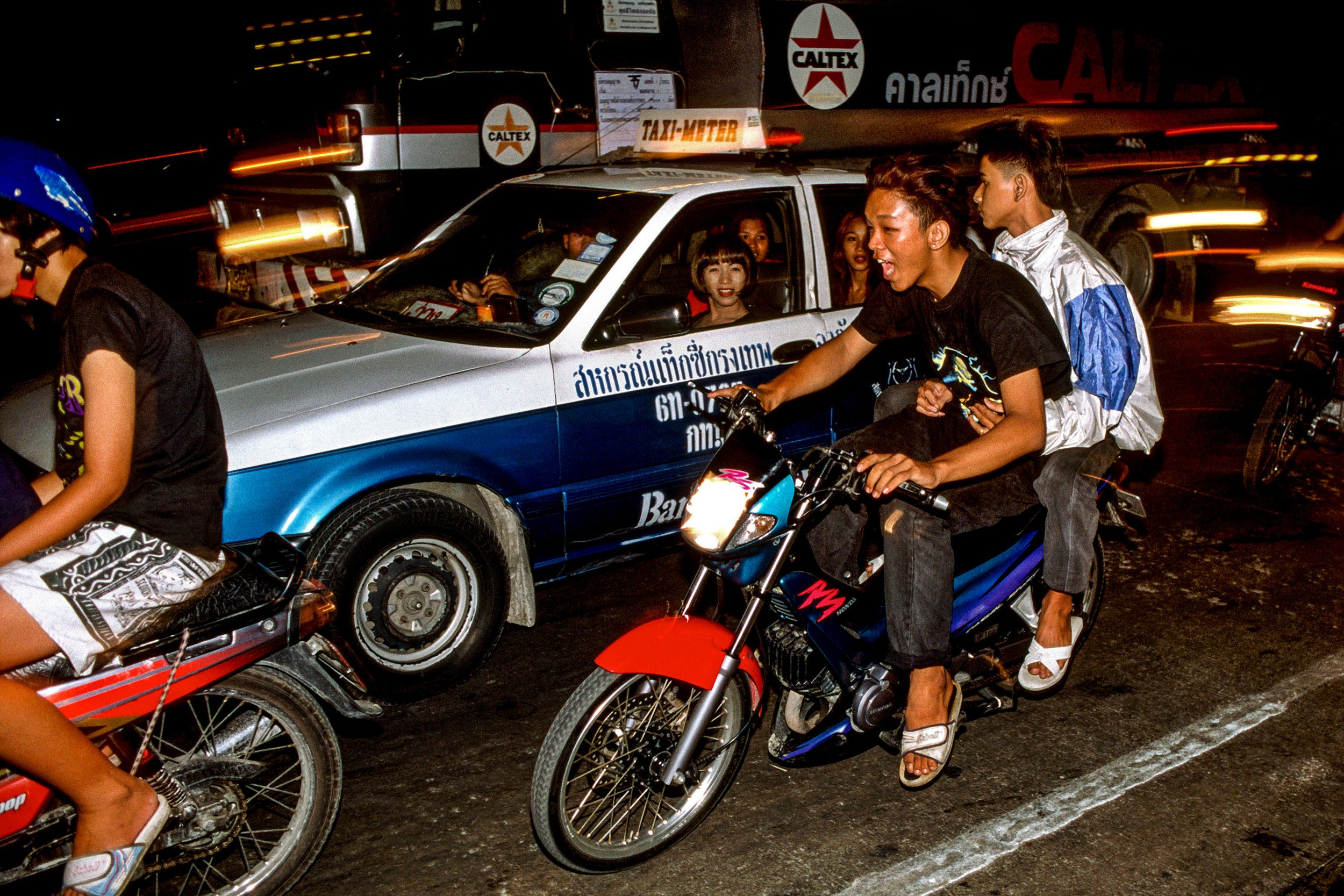
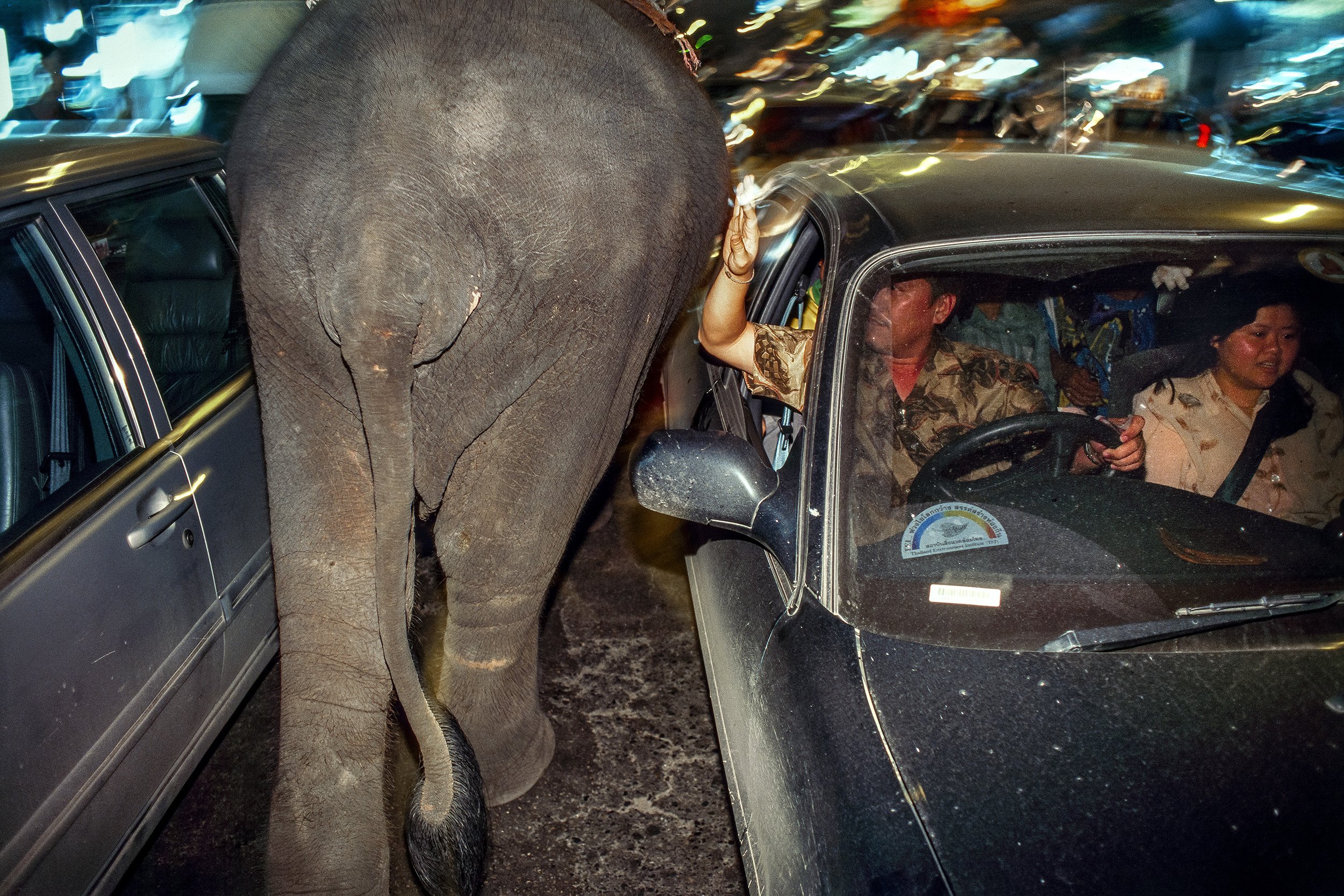
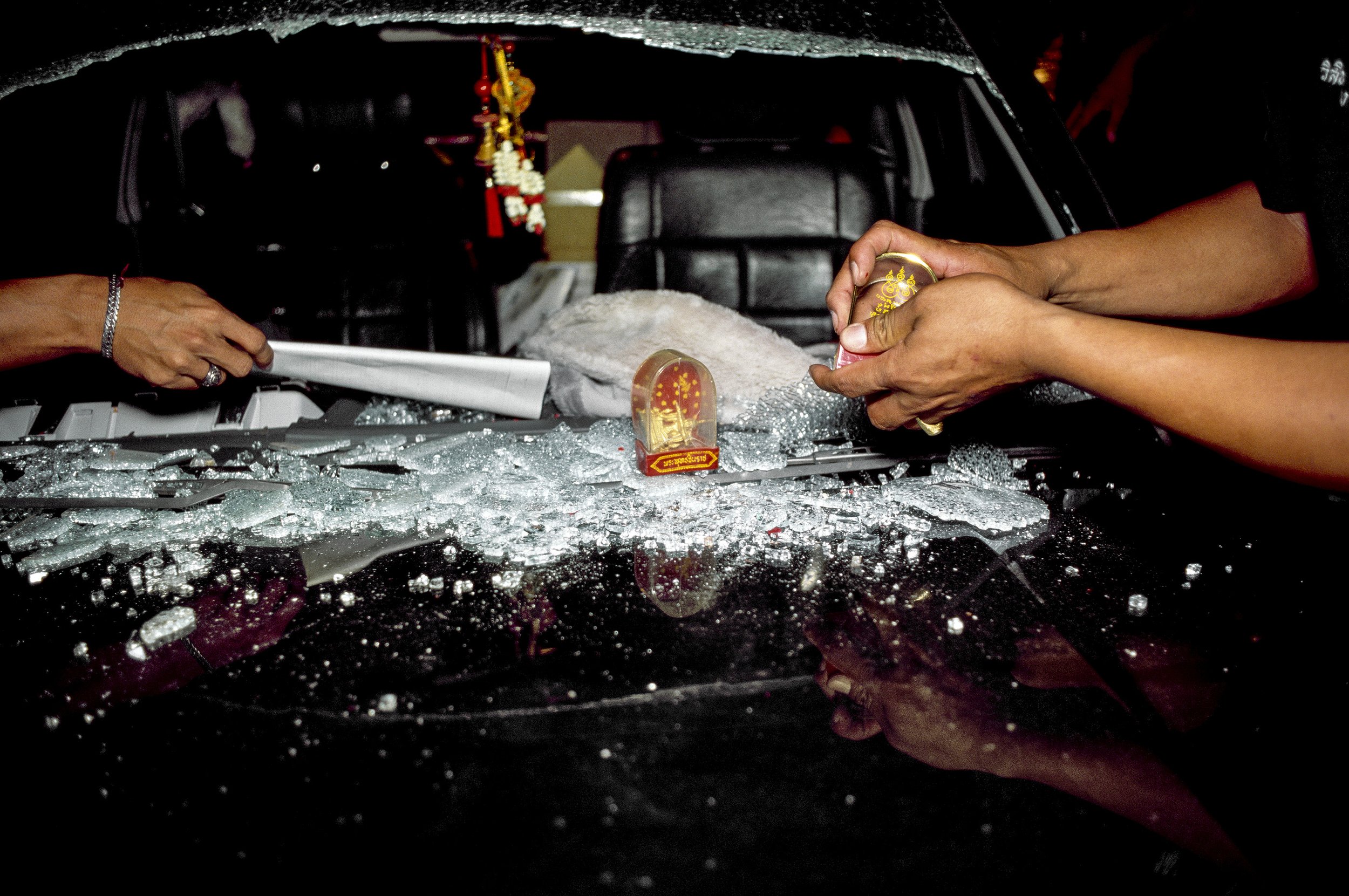

David - When did you first come to Thailand & what initially brought you here?
Stuart - I lived in Thailand a year after graduating from the University of Michigan in 1988. I studied Thai at the U of M and went to Bangkok to take intensive Thai language classes at Chulalongkorn University and teach English.
David - What made you stay/ leave?
Stuart - The program ended! It was a nine-month program and after I finished, I bought a motorcycle and rode around Thailand for three months.
David - Were you photographing before or was it something you picked up after arriving here?
Stuart - I was always taking photos since I got my first camera when I was 6 - my mother had a collection of old cameras I loved using. But I always thought of it as a hobby, not a possible profession.
David - If you were photographing previously did Thailand change the way you approach photography?
Stuart - When I did the motorcycle tour, I travelled mainly through Isaan and then the north, traveling in rural areas and it’s when I first started photographing people, doing portraits. When I later became a working photographer, it was long term people-based documentary work that interested me most.
David - Is there any challenges that you face as a photographer unique to Thailand?
Stuart - When I returned to Thailand in 1994 and started working professionally, I shot a lot of slide film which is tough in the best of circumstances, and tropical light isn’t easy to work with. Being able to speak Thai certainly helped, but Thais have always been welcoming to people taking their images.
David - What small thing, (on a daily basis) inspires you most during your time here?
Stuart - I no longer live in Thailand but when I did, I loved waking up early in the morning, when it’s quiet, the light is soft, monks are collecting alms, a few roosters are crowing. Heading out it the cool morning air and taking photos. All gone by 9am!
David - Is there something perhaps larger or more poignant that you took from your time here?
Stuart - Self-confidence and finding my purpose. Moving to Bangkok at the age of 22 in 1988 made a huge impression on me and really opened boy eyes to the world.
David - What makes this country so fascinating to photograph for so many people?
Stuart - Thais are very accepting of foreigners and foreigners talking images. I also lived in Japan and the Japanese are definitely more wary of outsiders, especially with cameras. It’s the ease of access that I think appeals to a lot of foreigners and as long as you don’t exploit that access, it’s a great place to work.
David - Is there a certain location here in Thailand that you hold dear to your heart?
Stuart - A small village called Khong Chiam in Ubon province. I had a Thai friend living nearby in Warin Chamrap who I used to visit, and I loved riding east on a scooter and spending a few nights in the temple there, by the Mekong River,
David - Please share a photographic technique or philosophy, a tip for someone reading this.
Stuart - Read. Always be reading, studying and learning. A camera is just a tool, like a pen, or paint brush, so if you have nothing to say and know nothing about the world, no tool will help.
David - A question I always ask is what relationship do you have with the viewer and how does that affect you when shooting?
Stuart - I don’t think about viewers to be honest. I shoot for myself and if people like my work, great. If they don’t, I don’t really care.
David - Please share a sentimental photo from your time here and what makes it sentimental to you.
Stuart - In Mae Hong Song in 1989, and about the time I decided to return to the US and do a master’s in photography.
David - Bonus “Gear Talk” question, what equipment do you use and how does that help with your photography?
Stuart - Always used Nikon and stick with them because I know where the buttons are. Currently using mirrorless Z7ii.
I’m currently working on a three year project on Bob Dylan and Oklahoma. Starting in 2021, I partnered with the retired actor and playwright Mark Jenkins - who drove from his home in Laramie, Wyoming to see Bob Dylan perform in Denver in February, 1964 - to explore the new Bob Dylan Center in Tulsa. Two Seattle-based artists and Dylan enthusiasts, separated by a generation, Mark and I are traveling throughout Oklahoma exploring how Dylan's art influenced the way we see the world and what the state says about America. With Mark’s notebooks and my cameras, we will continue to wonder why Dylan agreed to put his personal archives in the state and through the voices and stories we find, seek out how the state reflects back on his uniquely American art. We just finished our third long road trip in the state and should have a book dummy ready by September 2024.

